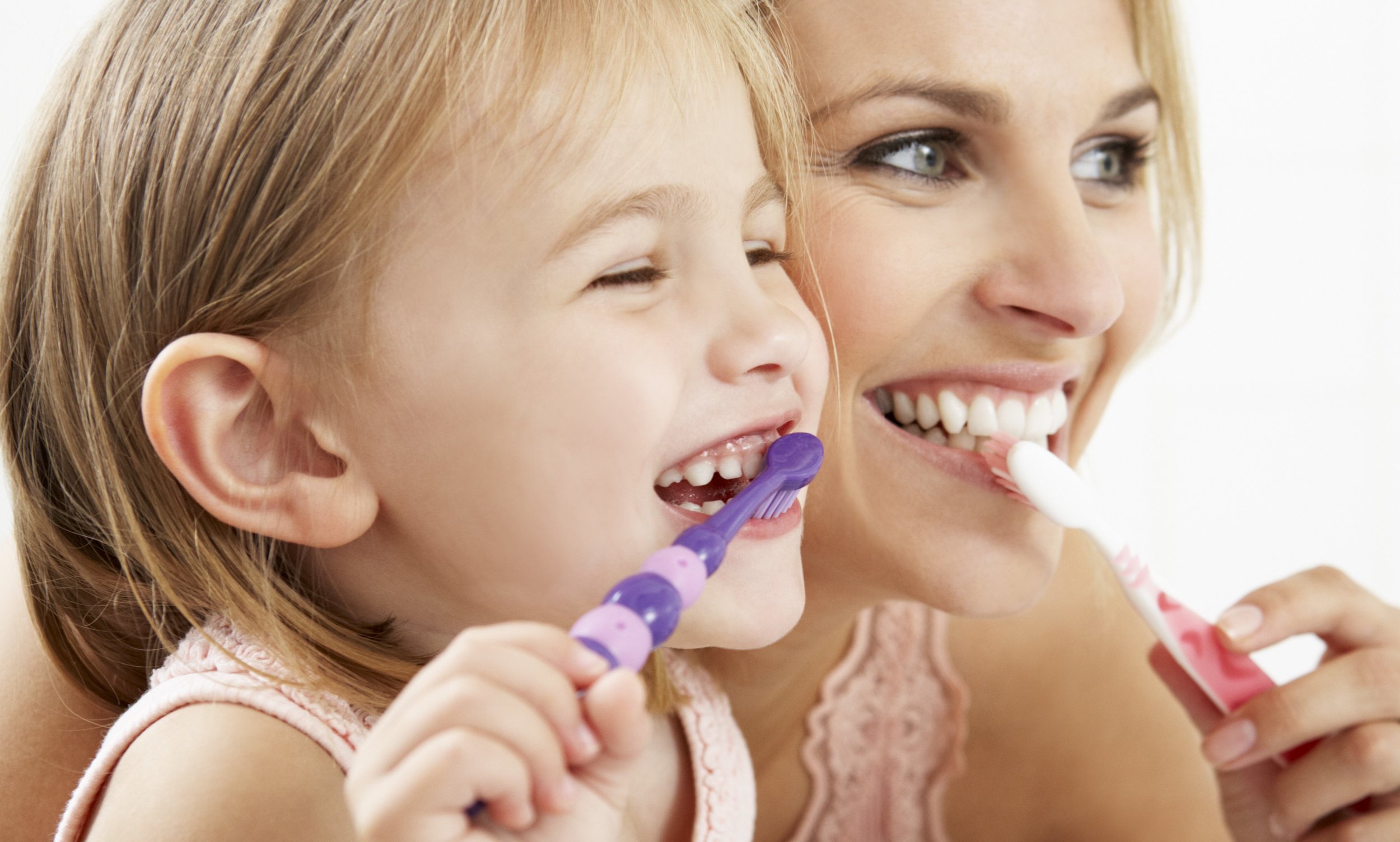Which toothpaste should my child be using?
Which Toothpaste Is Best For My Child?
In a world full of marketing messages, there are a lot of claims of products being the healthiest, the best tasting, the safest, the most natural and the list goes on. In this article, we break down what to look for in a child’s toothpaste and make it simple to choose one that is right for you.
The simple stuff:
Generally speaking, toothpaste is often not necessary before the age of 18 months although cleaning can still be completed with a toothbrush or by wiping the teeth.
Choosing the right type of children’s toothpaste matters but it may not be as important as you think. The active ingredient in toothpaste which aims to prevent against decay is fluoride and there is very little variation with this between all of the major well-known brand names (Colgate, Oral-B, Macleans etc). Toothpastes formulated for children will typically contain a low level of fluoride (around 500ppm) and the variation in preparations relate more to texture and taste than to any impact on health. Interestingly, there is usually little or no variation in fluoride concentration between each of the age ranges or ‘stages’ of children’s toothpastes. So if you’re just here for the executive summary: If your child is between the age of 18 months and 7 years and you pick up any children’s toothpaste from a major reputable brand you probably won’t go too far wrong, regardless of the age-range printed on the packet!
We normally suggest switching to an adult toothpaste around the age of 7 but the transition can certainly be made earlier if a child can be relied upon to ‘spit’ after brushing rather than swallowing large amounts. The major difference between children’s and adult’s toothpaste (apart from the taste) relates to the amount of fluoride and again, the brand of adult toothpaste may not matter enormously. More fluoride equals more power to prevent decay but we’ll cover this trade-off in the next section. There ARE some variations in guidelines regarding fluoride dose recommendations in children with some suggesting that smaller amounts of higher fluoride preparations be used from a young age. We think that our advice walks a balance between the different guidelines that exist.
When to proceed with caution:
Toothpastes that don’t contain ANY fluoride are generally not recommended. Some brands which market ‘natural’ or ‘organic’ toothpastes may contain no fluoride which is contrary to one of the main reasons to be using a toothpaste in the first place. Although using such a toothpaste certainly doesn’t mean that decay will occur, we’d expect that the risk of decay certainly rises if a fluoride-free toothpaste is chosen.
To make matters more confusing, TOO MUCH fluoride can also pose a problem. Swallowing large amounts of a high-fluoride (adult) toothpaste at a young age can lead to white, opaque staining of the developing permanent teeth - a condition known as fluorosis. This is very unlikely with a children’s toothpaste as appropriate dosages are borne in mind when preparations and tube sizes are designed. It is generally assumed that your child is going to ‘eat’ and ‘swallow’ a pretty decent amount of toothpaste when brushing at a young age! However, young children brushing with an adult toothpaste need to be closely supervised.
Bottle propping (sending a child to bed with a bottle of milk) is largely a thing of the past due to improving education in this area. This can be very damaging to teeth due to the prolonged contact of milk at night. You can read more about this in our blog article - Is milk good or bad for my toddler’s teeth?
‘When’ and ‘how’ may be far more important:
When toothpaste is used and how it is used appears to have a far greater effect that the brand that is chosen. Toothpaste works its magic when it lies directly in contact with teeth and the longer the residue sits in around the teeth the better. This is where simple things can make a big difference. We always suggest that children (and adults) have nothing to eat or drink immediately after brushing their teeth and this is particularly important at night-time where brushing should be the last thing done before they head off to bed at night. We also suggest spitting out excess toothpaste rather than rinsing out afterwards in order to prolong the residue around the teeth.
The exceptions:
As with much advice we give, we try to tailor it to an individual’s unique circumstances. We certainly have times where deviate from standard advice to address someone who is at high-risk of decay, has issues with adapting to the taste of a toothpaste or has other special needs.
Read more about CHILDREN’S DENTISTRY at our practice or CONTACT US to discuss how the above advice might apply to you.

